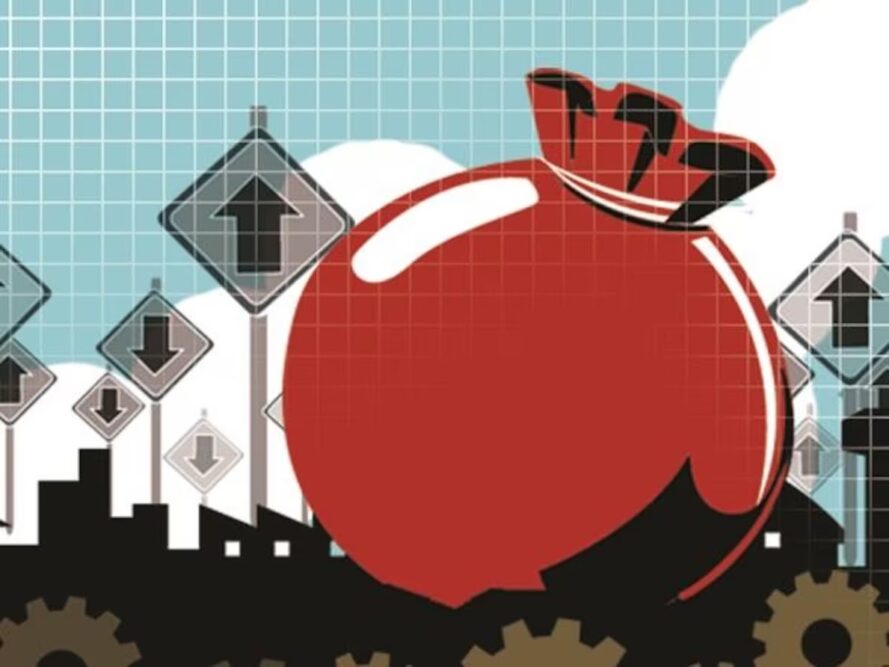According to the data, released by the Controller General of Accounts, the fiscal deficit for the April-August period in FY24 stood at Rs 6.42 trillion. This accounts for 36 per cent of the full-year target of Rs 17.87 trillion. Comparatively, during the same period in FY23, the fiscal deficit was 32.6 per cent of the full-year target.
It’s worth noting that India’s aim is to narrow its fiscal deficit to 5.9 per cent of gross domestic product (GDP) by the end of the current financial year, down from 6.4 per cent in the previous year.
Primary Deficit at Rs 2.75 Trillion
The primary deficit, which represents the fiscal deficit without considering interest payments, stood at Rs 2.75 trillion. This amounts to 38.9 per cent of the full-year target of Rs 7.06 trillion. In the same period last year, between April and August, the primary deficit was 28.2 per cent of the budgetary estimate. The primary deficit is a crucial metric as it reflects the government’s ability to meet its expenditure commitments without relying on borrowing for interest payments.
Revenue Deficit: Rs 2.84 Trillion
The revenue deficit for the April-August period in FY24 was recorded at Rs 2.84 trillion, constituting 32.7 per cent of the full-year estimate of Rs 8.70 trillion. The revenue deficit is a significant parameter as it highlights the mismatch between revenue receipts and revenue expenditure, which includes day-to-day expenses such as salaries and subsidies.
Strong Tax Revenue Performance
Despite the fiscal challenges, the net tax revenue in the first five months of FY24 reached Rs 8.04 trillion, which is 34.5 per cent of the annual estimate. This figure is notably higher than the Rs 7 trillion collected during the same period last year. A standout performer in tax collections was corporate tax, which witnessed a remarkable year-on-year growth of over 15 per cent, reaching Rs 2.39 trillion.
Total Expenditure: Rs 16.72 Trillion
The total government expenditure during the April-August period in FY24 amounted to Rs 16.72 trillion. This represented 37.1 per cent of the annual goal, which is notably higher than the Rs 13.90 trillion spent during the same period in the previous fiscal year. This increase in expenditure reflects the government’s efforts to stimulate economic growth and provide necessary support during challenging times.
Government Capital Expenditure: Rs 3.74 Trillion
In the first five months of FY24, government capital expenditure, which includes spending on building infrastructure and developmental projects, stood at Rs 3.74 trillion. This represents 37.4 per cent of the annual target, surpassing the Rs 2.52 trillion spent during the same period a year earlier. This focus on capital investment is expected to play a vital role in India’s economic recovery and long-term growth prospects.
Government’s Initiatives and Challenges Ahead
While the fiscal deficit remains a concern, the government’s efforts to boost tax revenues and increase capital expenditure demonstrate a commitment to addressing economic challenges and supporting growth. As the fiscal year progresses, it will be crucial to monitor these indicators closely to assess India’s progress towards achieving its fiscal targets and sustaining economic recovery.




 Weekly One Liners 15th to 21st of Decemb...
Weekly One Liners 15th to 21st of Decemb...
 World Basketball Day 2025 Celebrates Bas...
World Basketball Day 2025 Celebrates Bas...
 UN Celebrates Second World Meditation Da...
UN Celebrates Second World Meditation Da...







